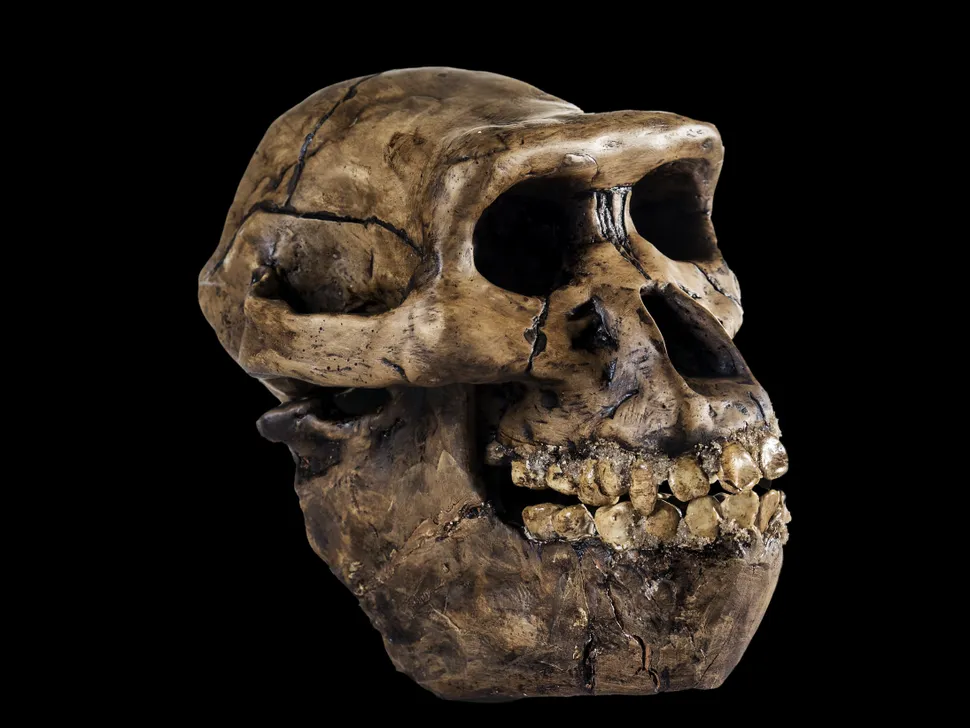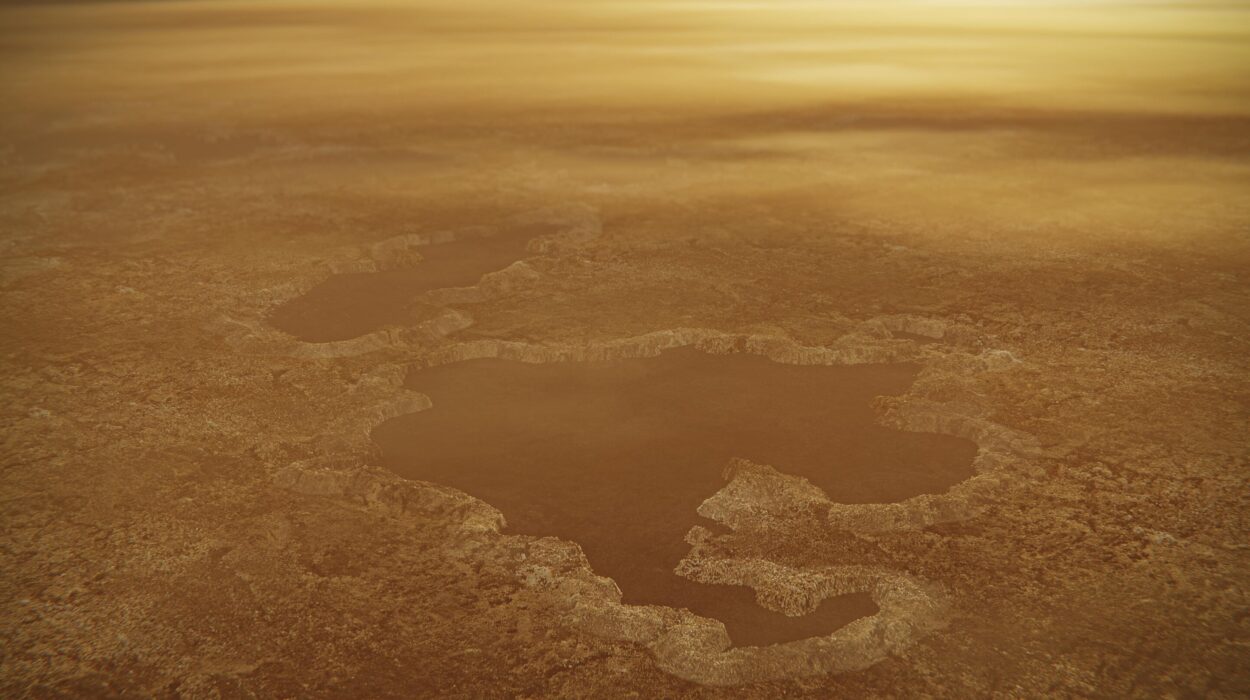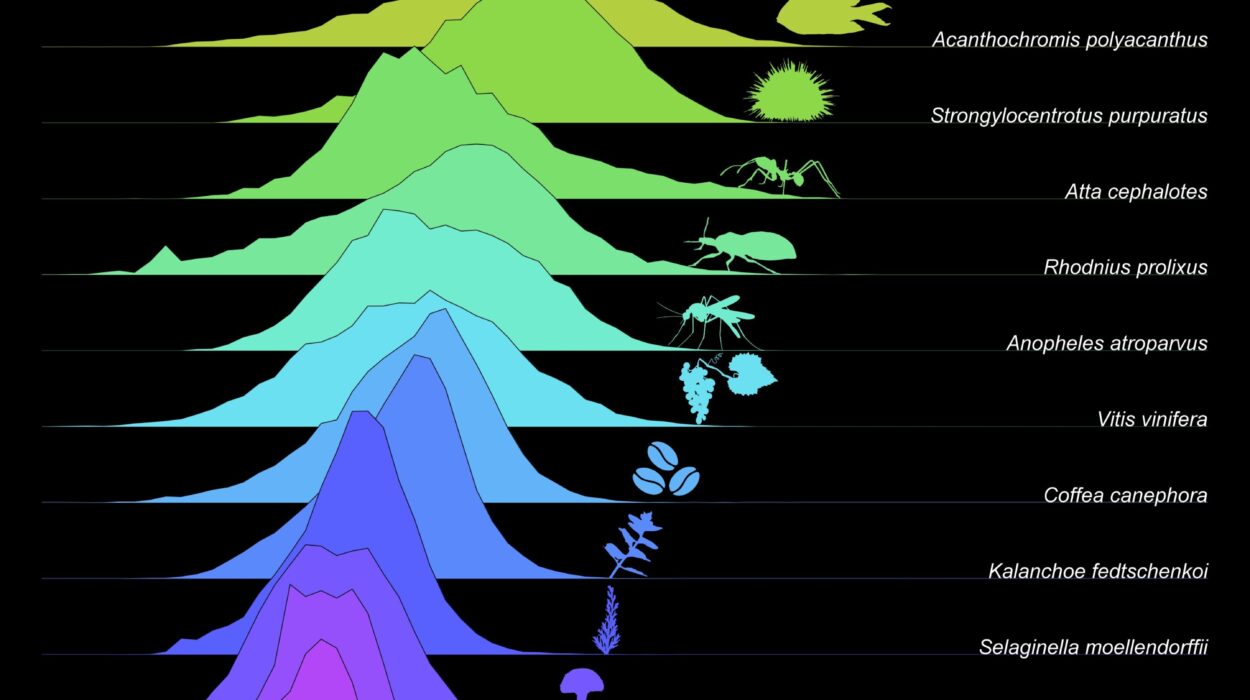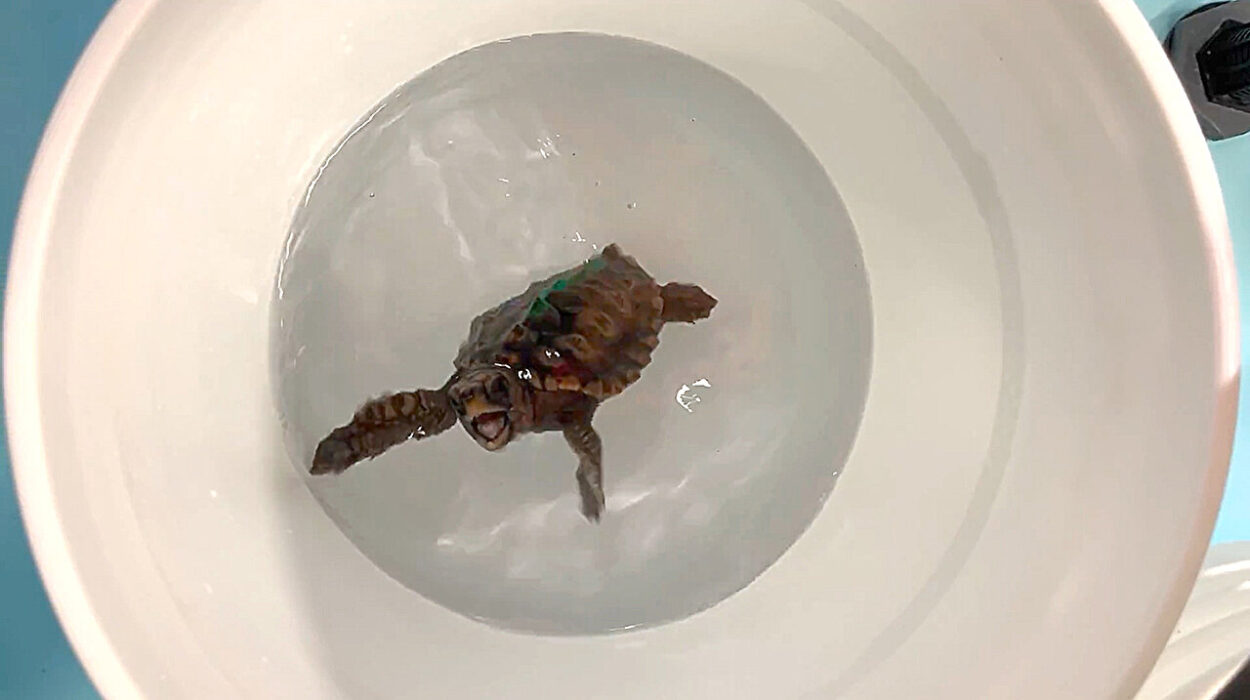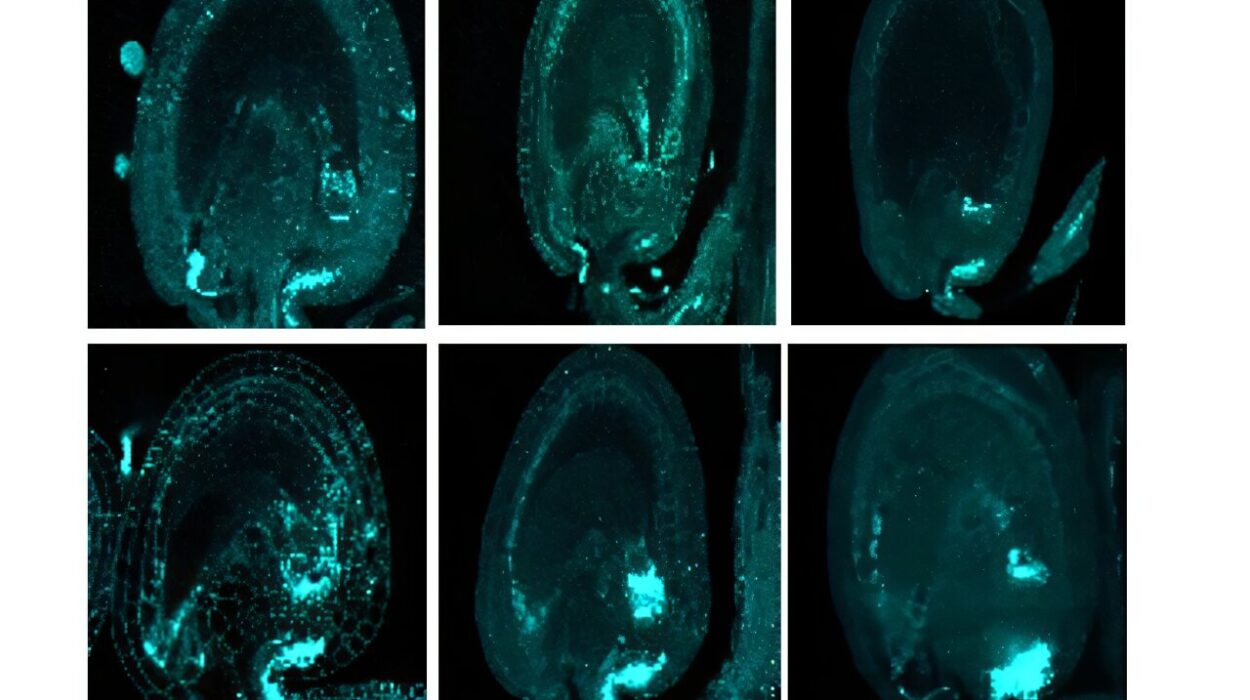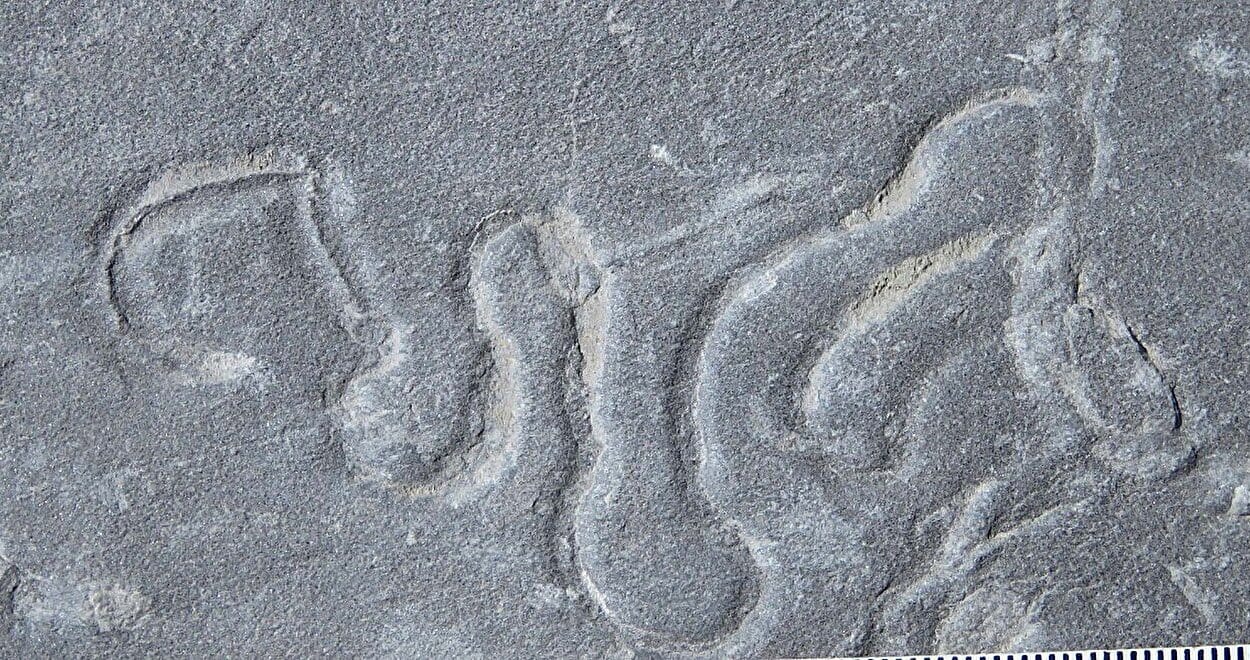Somewhere in the vast deserts of Mongolia, beneath layers of windblown sand and time itself, the bones of an ancient creature lie waiting. The sun has baked the earth above it for millions of years, and still the fossil sleeps, a quiet witness to a world long gone. It’s not just bone—it is memory, it is transformation, it is the story of life written in stone.
When we speak of fossils, we are not simply talking about old bones. We are opening a door to the past, one that reveals how living things have changed over unimaginable stretches of time. And it is through this silent, patient record that we come face to face with one of the most important truths in all of science: evolution is real, and fossils are its most enduring testimony.
A Journey Through Stone and Time
To understand how fossils support the theory of evolution, we must first grasp what fossils are and how they form. Fossils are the preserved remains, impressions, or traces of once-living organisms, typically found in sedimentary rock. These remains can include bones, teeth, shells, footprints, burrows, or even soft tissue under rare conditions. The process of fossilization is extraordinarily rare and selective, often favoring organisms with hard parts and those that were buried quickly after death.
As sediments accumulate in layers, often in riverbeds, lakes, or oceans, they bury the remains of dead organisms. Over time, the pressure turns sediment into rock and the organic material may be replaced by minerals, preserving a detailed replica of the original organism. Each fossil becomes a timestamp, a window into life as it once was.
But fossils are more than static snapshots. When arranged properly—layer upon layer, era upon era—they form a narrative arc of biological change. This fossil record does not just show that life was different in the past; it shows how life has changed, branching, diverging, and transforming in ways that are consistent with the process of evolution.
Darwin’s Puzzle Pieces
When Charles Darwin published On the Origin of Species in 1859, he did not have a complete fossil record to bolster his theory of evolution by natural selection. In fact, he openly acknowledged that the fossil evidence in his time was incomplete, calling it “the most obvious and gravest objection” to his theory.
But he had a hunch—and he was right. Darwin predicted that if evolution were true, future discoveries would fill in the gaps, revealing transitional forms, ancient ancestors, and long-lost branches of life’s great tree. He predicted that fossils would show a progression from simple to complex life, and that related species would share common anatomical features inherited from shared ancestors.
Over the decades, the fossil record has grown from a scattered handful of bones to a vast and interconnected web of evidence. Each new discovery fits another piece into the puzzle Darwin began more than 160 years ago.
Transitional Fossils: Life in Mid-Transformation
One of the most compelling types of fossil evidence for evolution comes in the form of transitional fossils—remains of species that exhibit traits common to both ancestral and derived groups. These fossils are not “missing links,” as they are sometimes called, but rather snapshots of evolutionary stages along a continuum of change.
Perhaps the most famous transitional fossil is Archaeopteryx, a 150-million-year-old creature that had both dinosaur and bird features. Discovered in 1861, just two years after Darwin’s groundbreaking book, it had feathered wings like a bird but also retained reptilian features like teeth and a bony tail. This fossil demonstrated that birds evolved from theropod dinosaurs and helped cement the idea that major evolutionary transitions could be preserved in stone.
Other transitional fossils tell equally fascinating stories. The discovery of Tiktaalik in 2004, a 375-million-year-old fish with wrist-like bones and a flat head, revealed the evolutionary steps that led from aquatic fish to land-dwelling tetrapods. This fossil filled a critical gap between finned fish and limbed amphibians, showing not just what changed, but how the transformation occurred.
Similarly, the evolution of whales from land-dwelling mammals is chronicled in a rich fossil sequence—from Pakicetus, a four-legged, wolf-like creature that lived near water, to Ambulocetus, which had limbs suited for both walking and swimming, to Basilosaurus, a fully aquatic creature with tiny hind limbs buried in its body wall. These fossils don’t just hint at evolution—they illustrate it in detail.
Anatomy Written in Stone
Beyond transitional forms, fossils also reveal patterns of similarity—homologies—that point toward common ancestry. A human hand, a bat’s wing, a whale’s flipper, and a bird’s wing all have the same basic arrangement of bones: one upper bone (humerus), two forearm bones (radius and ulna), several wrist bones, and a set of fingers. These structures are not identical, but they follow a shared blueprint inherited from a common ancestor.
Fossils show this same structural theme in organisms that lived millions of years ago. As we trace the lineage of mammals, reptiles, or birds through time, we can observe how these basic anatomical patterns are modified and adapted to new environments and functions. Evolution doesn’t reinvent the wheel—it modifies what already exists.
The fossil record also displays vestigial structures—remnants of features that once served a function in an ancestor but are now reduced or obsolete. For example, some ancient whales had small pelvic bones and hind limb remnants. Modern whales retain these vestiges in their skeletons, evidence of their land-dwelling ancestry.
Fossils capture these transitions in action. They allow us to see the gradual reduction of limbs, the reshaping of skulls, and the migration of nasal openings from the front of the snout to the top of the head, as seen in the evolution of blowholes in whales. These patterns are not random—they reflect evolutionary pressures, changes in environment, and natural selection acting over millennia.
Layers of Time Tell a Story
One of the most powerful features of fossils is their order in the geological record. Sedimentary rocks form in layers, with older strata lying beneath newer ones. This principle, known as superposition, allows scientists to date fossils relative to one another and construct a timeline of life’s history.
What we find in these layers is not a chaotic jumble, but a clear progression. The oldest rocks contain simple life forms—bacteria, algae, sponges. As we move upward through time, we find the first fishes, then amphibians, then reptiles, mammals, and finally humans. Nowhere do we find human fossils in the same strata as dinosaurs, because we did not exist at the same time. This consistent order supports the idea that life has changed gradually and systematically over time.
Moreover, specific fossil groups serve as index fossils, markers that help identify and date rock layers. If a particular fossil is known to have lived during a narrow time range, its presence in a rock layer can help pinpoint that layer’s age. This allows scientists to correlate rock layers across continents, building a unified picture of Earth’s biological history.
Mass Extinctions and Radiations
The fossil record also documents moments of dramatic change—mass extinctions followed by evolutionary explosions. About 252 million years ago, the Permian-Triassic extinction event wiped out roughly 90% of marine species and 70% of terrestrial species. The fossil record reveals this catastrophe in stark terms: diverse ecosystems suddenly vanish, replaced by simpler forms of life.
But evolution does not stop at extinction. In the aftermath, new species radiate into the empty ecological niches. After the extinction of the dinosaurs 66 million years ago, mammals rapidly diversified, evolving into forms that filled roles once held by giant reptiles. Fossils trace this burst of mammalian innovation, leading to the ancestors of elephants, whales, primates, and eventually, humans.
These patterns of extinction and adaptive radiation are visible across Earth’s history. They tell a story not only of life’s resilience, but of how evolution proceeds in fits and starts—periods of stability punctuated by bursts of change, shaped by both catastrophe and opportunity.
Human Evolution in the Fossil Record
Perhaps no fossil narrative is as deeply compelling—and as personally meaningful—as the story of human evolution. For centuries, humans saw themselves as separate from the animal kingdom, unique and untouched by the forces that shaped other species. But the fossil record has shattered that illusion.
Beginning with the discovery of Neanderthal remains in the 19th century, followed by Homo erectus, Australopithecus afarensis (including the famous “Lucy”), and countless other finds across Africa and Eurasia, the fossil record has unveiled a family tree of hominins stretching back over 6 million years. These fossils show a gradual transition from small-brained, ape-like ancestors to larger-brained, upright-walking species with increasingly complex tools, societies, and cultures.
The skulls show it. The bones show it. The tools show it. From the curved fingers suited for climbing in earlier hominins to the precision grip of Homo sapiens, every step of our journey is etched in fossil form.
We are not an exception to evolution. We are its latest expression.
Molecular Fossils and Modern Science
In recent years, fossil evidence has been bolstered by genetic and molecular data, offering even more detailed insights into evolutionary relationships. DNA from extinct species, such as Neanderthals and Denisovans, has been extracted from fossilized bones and compared with modern human DNA. These comparisons show interbreeding, shared ancestry, and the branching paths of human evolution.
Moreover, the rate at which genetic mutations accumulate over time—known as the molecular clock—can be calibrated with fossil evidence to estimate divergence times between species. This genetic “fossil” record matches the anatomical record preserved in stone, reinforcing the accuracy of evolutionary timelines.
Even chemical signatures within fossils—such as stable isotopes and preserved proteins—can reveal the diets, environments, and even colors of ancient organisms. The fossil record is no longer mute. It speaks in stone, and now, in molecules.
A Record Not Without Gaps
Critics of evolution often point to gaps in the fossil record as evidence against it. And it’s true—many species leave no fossil trace at all. Fossilization is rare, and the geological record is incomplete. But what is remarkable is not how much is missing, but how much has been found.
We do not need every transitional form to see the pattern. The evidence is not scattered or inconsistent—it is coherent, predictive, and explanatory. New fossil discoveries consistently fill predicted gaps rather than contradicting evolutionary theory.
Moreover, evolution does not predict a smooth or complete record. It predicts what we do find: a branching tree of related organisms, transitional forms in expected places, and a nested hierarchy of features that reflect common descent.
Fossils as Our Inheritance
When we hold a fossil in our hand—whether it is the imprint of a fern, the tooth of a dinosaur, or the skull of an ancient human—we are holding more than a rock. We are holding a chapter in the story of life, a moment of transformation frozen in time. We are holding proof that life changes, that species arise and go extinct, and that the world has not always been as it is now.
We are part of that story. We come from it. We are not the final word, but a continuing verse in the grand poem of life.
Evolution is not just an idea. It is a history written in stone, and fossils are the ink. Every excavation, every fossil bed, every bone lifted from the ground brings us closer to understanding not just how life has changed—but how we came to be.
In the deepest sense, fossils do not merely prove evolution.
They are evolution.
